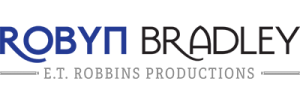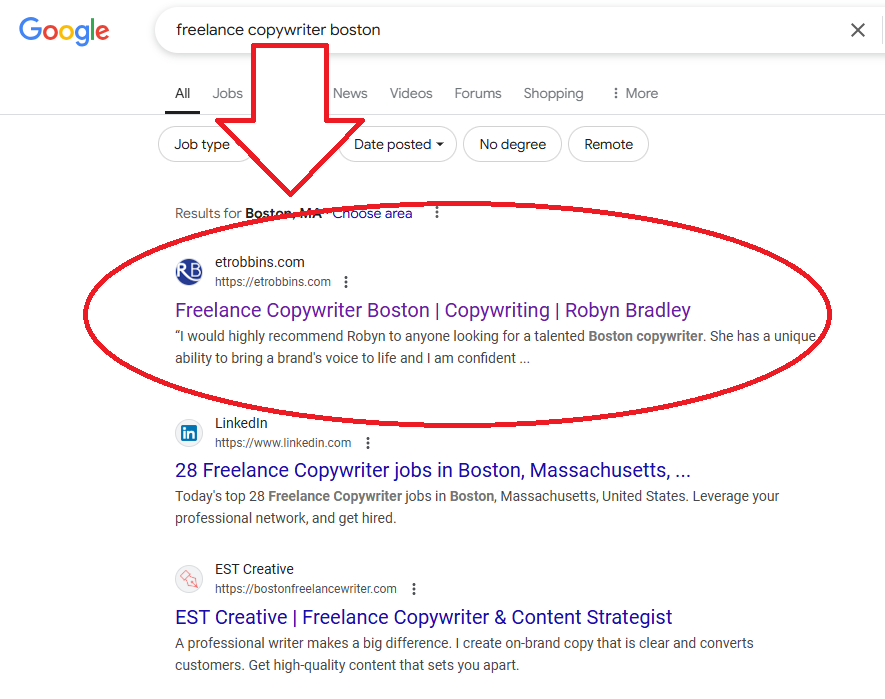How to Write a Creative Brief + Copywriting Brief Template
Giving your freelance copywriter a copywriting “brief” is an excellent way to make sure your project goes smoothly from the get-go.
- But what is a copywriting brief anyway?
- Who develops the copywriting brief?
- Why is a creative brief necessary?
- How to write a creative brief?
- Where can you find a good copywriting brief template?
I’ll address these questions below. You can also download the copywriting brief template I created (the link opens a PDF). Feel free to use it “as is” or refine it further for your copywriting projects.
Note: If you’re a copywriter, you can still get a lot out of this blog post. Download the copywriting brief template and ask clients to fill it out. Also, I’m using the words “copywriting brief” and “creative brief” interchangeably. And be sure to check out the post I write for YOU: 10 Questions to Ask Prospective Clients.
And if you’d prefer a video on this topic, I got you covered. Scroll to the end to watch.
What is a copywriting brief?
A copywriting brief is a one- to two-page document that summarizes details about your company, your target audience, the project, and your timeline. Occasionally, people will refer to the copywriting brief as a “creative brief,” since it will likely address things beyond writing, like design.
This summary ensures everyone is on the same proverbial page since the brief outlines goals, deliverables, and timelines, as well as info about the messaging, target audience, CTA, and brand guidelines.
Who develops the copywriting brief or creative brief?
You, the client, should develop the copywriting brief. You know your project, the goals, and other relevant details.
If you’re a freelance copywriter who’s working with a business, you can request a creative brief. If they haven’t created one, hand them a version of this copywriting brief template (the link opens a PDF) and ask them to complete it.
Why do you need a creative brief?
Developing a creative brief is an excellent exercise for you and your team since it forces everyone to carefully think through the project. You must make sure everyone on your end agrees with the project goals, messaging, etc. Ironing out all these details internally before consulting with a copywriter (or graphic designer) saves everyone time.
That said, a creative brief is meant to be a fluid guide. Once the copywriter reviews the brief, they will likely have further questions and possibly suggestions that might require refining the brief further. This is a good thing. A skilled copywriter brings more to the table than simply sparkling prose.
What should you include in your copywriting brief?
There’s no right or wrong way to create a copywriting brief. The goal is to create a comprehensive overview of the project. Again, think one to two pages, max. You’re answering three basic questions: Who are you, what’s your project, and what are you looking for from the writer?
At its most basic, you’ll want to include the following:
- Company Snapshot. You’ll provide a short paragraph or two about your company, including info about your audience. Think slightly longer than an elevator pitch. The writer is looking for a snippet, not the whole story. (The writer can review the website to learn more.)
- Project overview. This is where you get into the nitty-gritty of the project itself, but also your expectations regarding messaging, tone, and do’s and don’ts.
- Related assets. Keep the copywriting brief short (one to two pages). For supporting docs, link to them. (For example, you can upload a mockup for a new landing page to Google docs and link directly to it within the copywriting brief.) Things you might link to . . .
- Brand guidelines
- Style guideline
- Legal language/requirements
- Mockups
- Imagery
- Buyer personas
- Messaging docs
- Wireframes
- Keyword research
- Timeline. Here, you’ll outline when you want the first draft, revisions, and other deadlines.
You’re free to expand as you see fit and as your project requires. But try to keep the brief concise—no more than one to two pages.
How to write a creative brief: Let’s see one in action.
Let’s pretend you’re an education company in the beauty and wellness space. You’re making one of your popular online courses free for an upcoming industry “awareness” week. You want a landing page promoting the week and the free course.
Here’s how your copywriting brief might look.
COMPANY SNAPSHOT
We’re a beauty and wellness education company that produces course materials for cosmetology programs across the U.S. Our primary client is school owners and directors of education in beauty schools. Our secondary audience is licensed professionals who seek continuing education directly through our website where we sell e-learning courses, webinars, and digital guides.
PROJECT OVERVIEW
We’re making our popular online course, Beautiful You, free during this upcoming awareness week about inclusivity in the beauty industry. We need a writer to develop copy for a landing page that’s promoting this awareness week and the free course. The goal is to get as many beauty pros as possible to register for the free course during the awareness week and complete the course before the end of the month. We have a mockup for the landing page, which we’ll link to below. While this page is for beauty pros and students who can directly register for the course, we’re also asking our partner schools to promote this offering via their social channels.
We need copy for the following sections on the landing page:
- Brief intro/info
- CTA: (“Enough talking–I’m ready to act”)
- More details: What this is, why we’re doing it, information on the content (how long it is, etc.)
- Logo and other assets
- Giveaway: People need to complete the course by the end of the month. They’ll get a digital certificate that they should share on Instagram and tag us. Anyone who does that will be entered to win a $500 gift card giveaway.
- About Us
- CTA leading to the course page
Our tone is friendly, helpful, and encouraging.
RELATED ASSETS
Here’s a link to the course page, the mockup of the new landing page, and a similar page we did last year for a different awareness week.
You’ll also find our brand book and style guidelines in Basecamp, which we’ll give you access to.
Our team will handle the legal fine print for the giveaway.
TIMELINE
We’d like a first draft by June 15.
We’ll deliver revision requests within three business days.
From there, we’d need the final copy by June 30.
When it comes to writing a creative brief, don’t overthink it too much.
The creative brief doesn’t need to be some long drawn-out project of its own. Your goal with a creative brief is to answer the following questions:
- Who are you?
- Who is your target audience?
- What is the project?
- What related assets are available (e.g., buyer personas, messaging docs, wireframes)
- What is the timeline?
Effectively answer those questions, and you’ll set up the copywriter for maximum success.
BONUS: Here’s a link to a PDF of a copywriting brief template. Use it “as is” or customize it further.
Got a question for the Copy Bitch?
That’s me—I’m the Copy Bitch. I have over 20 years of experience as a freelance copywriter and love sharing what I’ve learned. Reach out with a question or leave a question in the comments on one of my YouTube videos.


